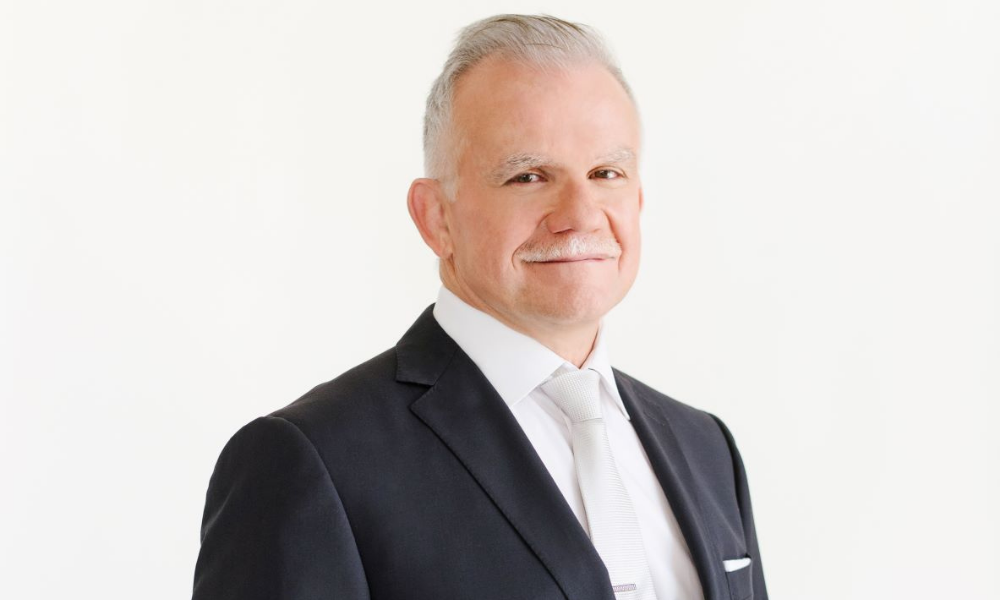Veteran financial planner argues industry and advisors should keep seg funds' purpose in mind

Over the past few months, Canada’s insurance regulators have openly questioned the existence of DSCs in segregated funds, and have proposed to enhance cost disclosures for the products. With those movements, it appears seg fund providers may have to plan for more questions around how much the products cost, and the advisor compensation arrangements associated with distributing them.
For one top advisor, conversations around seg fund costs are long overdue – though DSCs in seg funds should be a non-issue if they’re sold correctly.
“I think segregated funds are very useful, but I do not understand why their fees have not come down over the years with their assets going up,” says Tony De Thomasis, President at De Thomas Wealth Management. “Our industry seems to be the only one that does not pass on their savings to customers as the industry grows.”
At a fundamental level, De Thomasis argues that running a $100-million pool of money does not cost as much as running a $10-billion pool on a per-investor basis.
Under a recently published joint proposal by the Canadian Council of Insurance Regulators (CCIR) and the Canadian Securities Administrators (CSA), seg fund owners will see enhanced disclosures, giving them greater visibility into the fees they pay. With that, the industry could face more pressure to lower the fees they charge on segregated funds, otherwise known as guaranteed investment funds (GIFs).
While high fees may be justified for investment strategies that reach for high returns, De Thomasis says seg funds shouldn’t be sold based on their ability to outperform the markets. Rather, they should be offered as long-term investment products that are differentiated based on their estate planning and death benefits, for example.
“I think segregated fund providers should only build their shelves based on ETF-type products, do away with their money managers, and pass on the savings to their clients,” he says. “If a client wants to buy a top-performing fund to invest in high-risk sectors, they should not buy a segregated fund.”
The CCIR, along with the Canadian Insurance Services Regulatory Organizations (CISRO), also issued a statement in February criticizing the use of DSCs in segregated funds.
Similar to the CSA’s views on DSCs in mutual funds, Canada’s insurance regulators have taken the position that having DSCs in seg funds is not in line with the interests of consumers. Later this year, they’re launching a consultation on the possibility of banning DSC seg funds, and are urging insurers to refrain from new DSC sales in segregated fund contracts as the prohibition on DSCs in mutual funds takes effect in June.
But from where De Thomasis sits, it should be a non-issue. GIFs don’t make sense unless they’re held for at least 10 years, he argues, which means the penalties associated with withdrawing funds early from a DSC seg fund shouldn’t be hurting anyone.
“When an advisor gets a client in a segregated fund, they should recommend it as a long-term investment. And they have to make sure the client has enough monies in their bank accounts and other investments, other assets, in case something goes wrong,” he says. “If a client has to withdraw from a segregated fund early, you can’t blame the product for that. It’s just bad planning.”
If there’s any advisor segment that would be impacted by a DSC ban on seg funds, De Thomasis says, it would be younger professionals who don’t have the experience and knowledge to get big-enough clients to get by on fees alone. But because he doesn’t see very many young people coming into the industry, he believes whether or not there’s a ban on DSC seg funds could be a moot point.
“We need more new advisors, but we don’t know how to get them,” De Thomasis says. “A ban on DSC funds could discourage new advisors from coming into the business, which could leave a gap for younger investors or less affluent investors to get advice. No one’s going to want to talk to them.”



